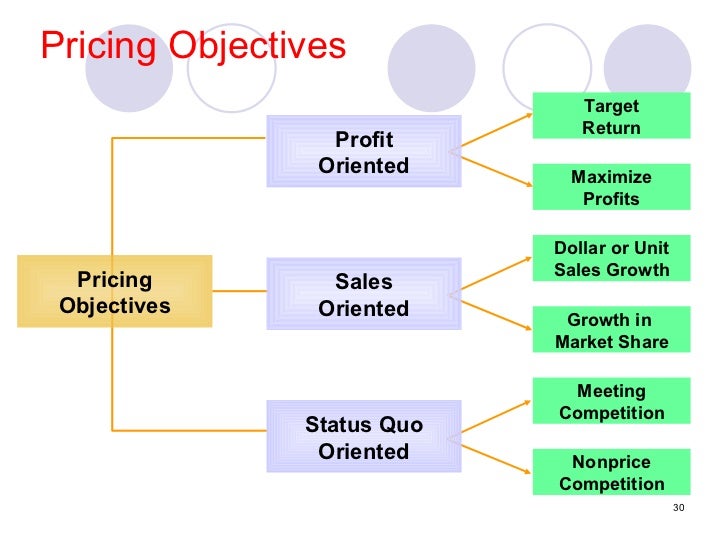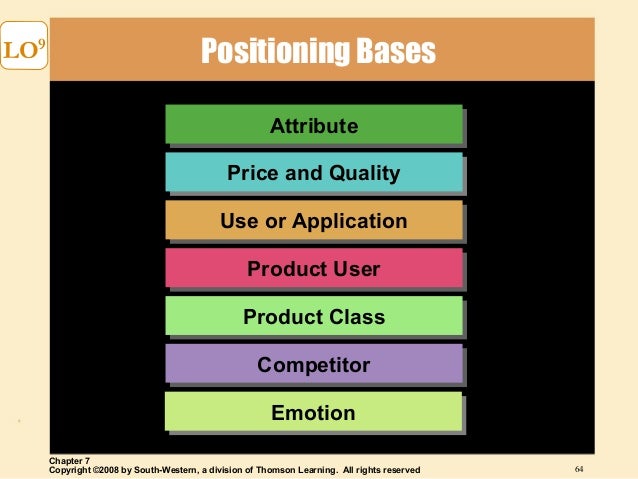Although it's been two weeks, and spring break went by too fast, it's good to be back here on the blog! This past week in marketing, we talked a great deal about pricing, as well as structuring our survey for our smart project!
Tuesday was a great opportunity for each group to meet with our professor and talk about the survey we each had developed for our project. For my group in particular, this meeting really opened our eyes to designing our survey in an effective way. It helped us to come up with questions that would give us the information we really wanted, rather than just yes or no answers. Below are some of the changes we made:
- Instead of jumping right into questions about organization, we are now starting by having our subjects describe what they do when they enter and leave their rooms.
- Do you hang your keys up? → Do you have a special place for your keys?
- How often do you lose your keys? → Do you lose your keys? How often?
These are just some of the changes that we made in order to improve our survey. As a group, we are now looking forward to asking people these questions, and many more, in order to gain insight about our market and where this product could potentially go!
Thursday's class was specifically structured around pricing. I enjoyed the way the class was set up because it made the time go by quickly and allowed us to apply the pricing techniques to the projects we are working on.
One topic that we talked about was pricing objectives. The three types of pricing objectives are shown below.
My group decided that we would focus on a sales oriented pricing objective especially when our product was new to the market because it would help us to focus on getting our product out to as many people as possible.
One other aspect of pricing my group thought about a great deal in relation to our product was discounts and price bundling. Price bundling occurs when the company packages two products together and offers a discounted rate. The example below shows this occurring with luggage. Clearly, the price to buy the two products together is lower than the price to buy them as separate entities. Unfortunately, my group decided there would not be a great way for us to use price bundling. We felt as though there was nothing we could sell our product with to make it more appealing and allow for a discounted rate.
However, we decided that there were two types of discounts that could work well with our product. The first would be a bulk discount if we are selling directly to universities. In this way, if a university were to buy a certain amount of our product they would get a discount. For example if they buy 500-1000 they might get 5% off, if they buy 1000-1500 they might get 7.5% off and so forth. We also thought we might be able to offer a seasonal discount if we were selling directly to consumers. Therefore, if the product was bought right around the time the school year starts it might cost $25 but if it was bought in March it might cost $20.
Some other pricing tactics that I found interesting this week that we did not discuss included:
- Single price tactic: pricing all goods and services at the same price (ex. dollar store)
- Flexible pricing: different customers pay different prices for same product
- Odd-Even pricing: when odd numbers are used to represent a bargain while even numbers represent quality (ex. $99.95 vs. $100)
- Leader pricing: pricing the product near or below cost with hope that the buyer will make other in-store purchases
Keeping it short and sweet this week! Until next time!!
-Kristen



